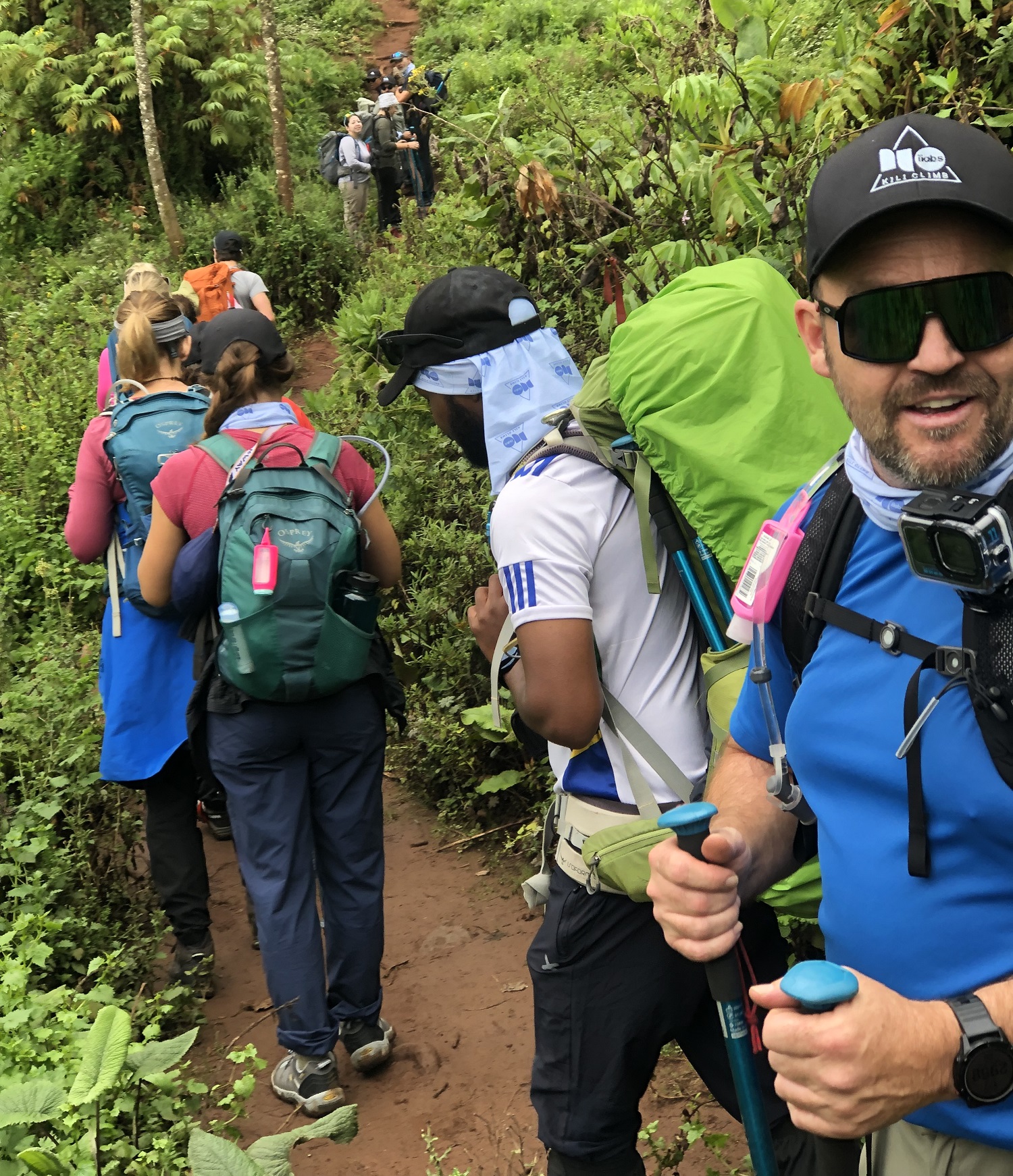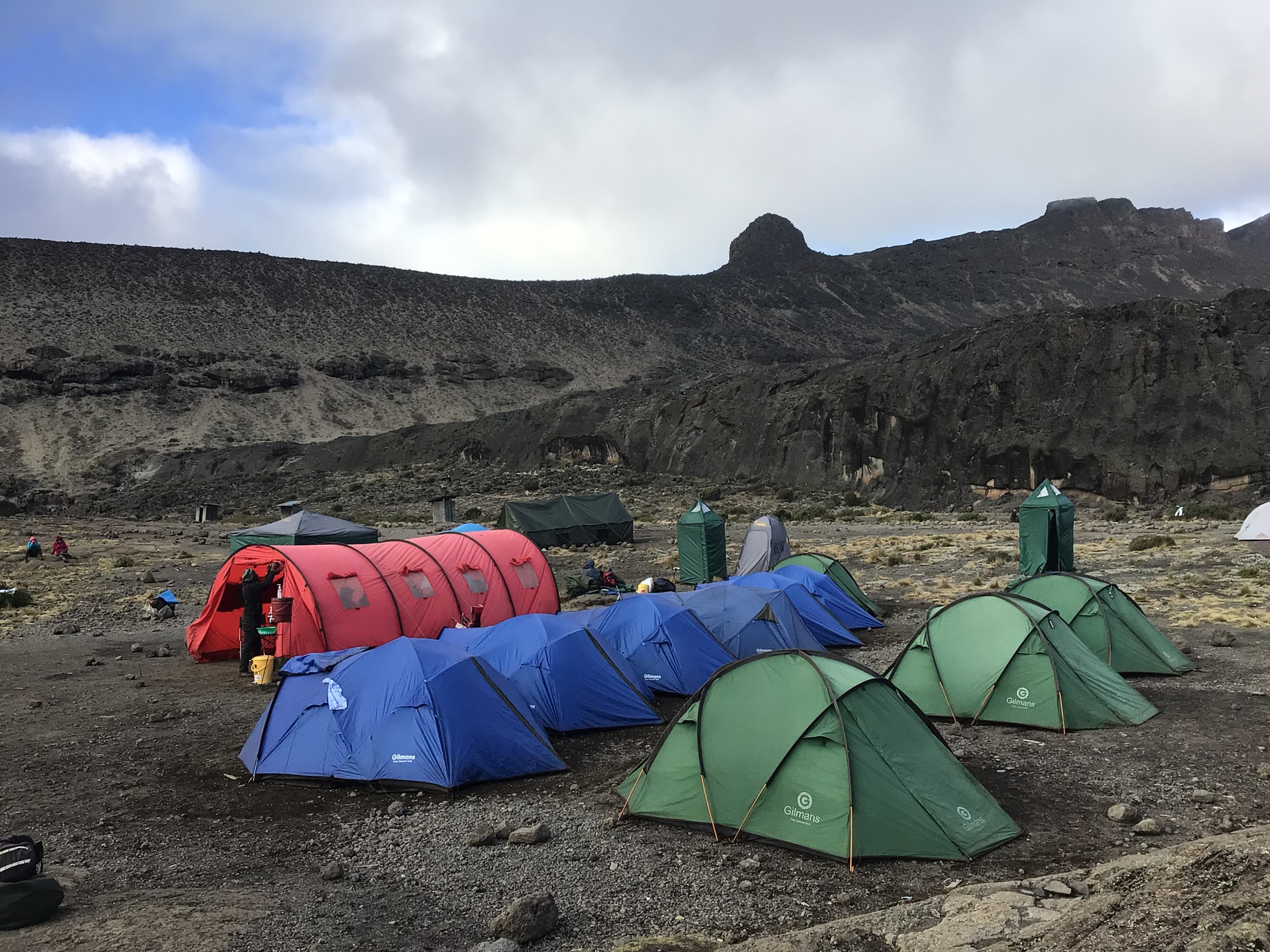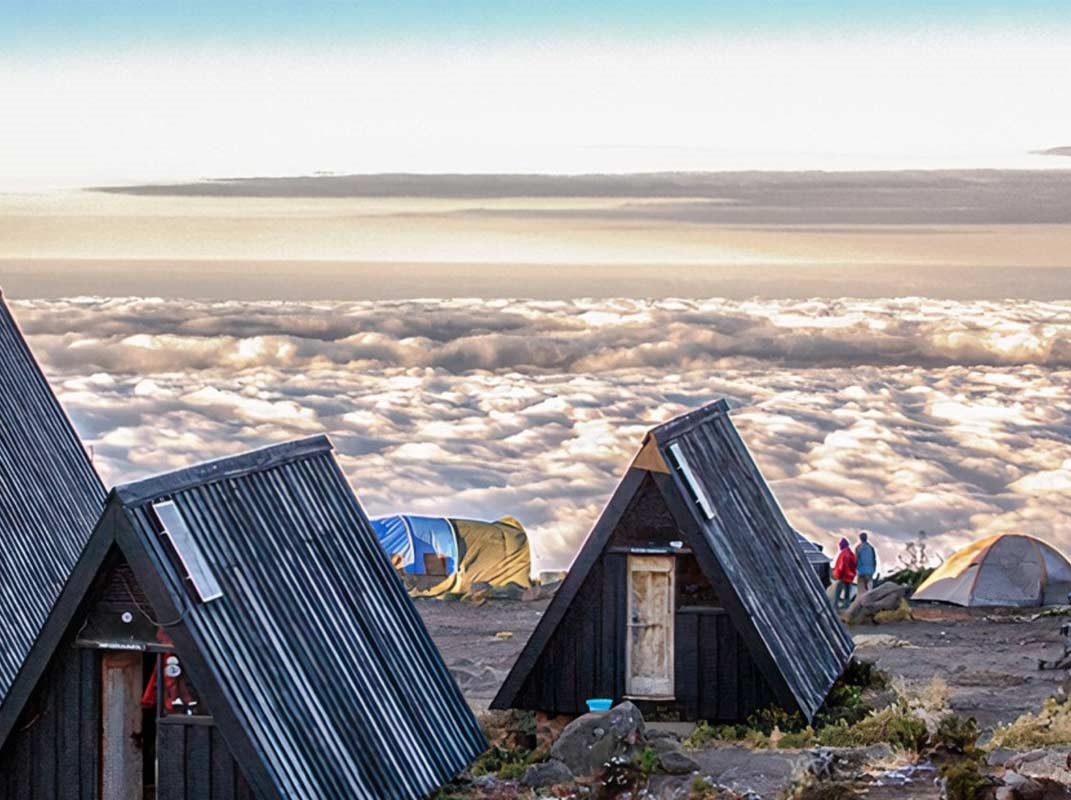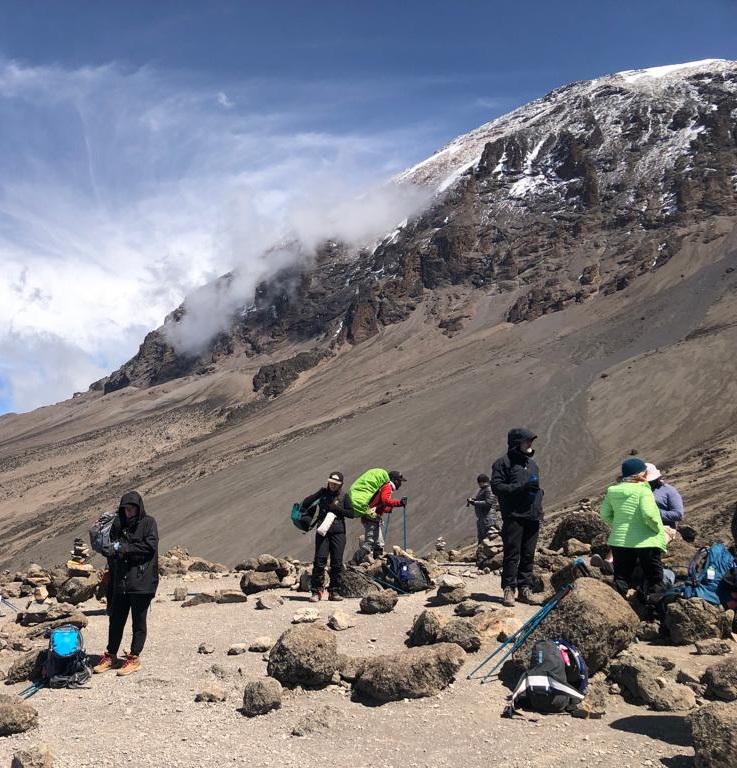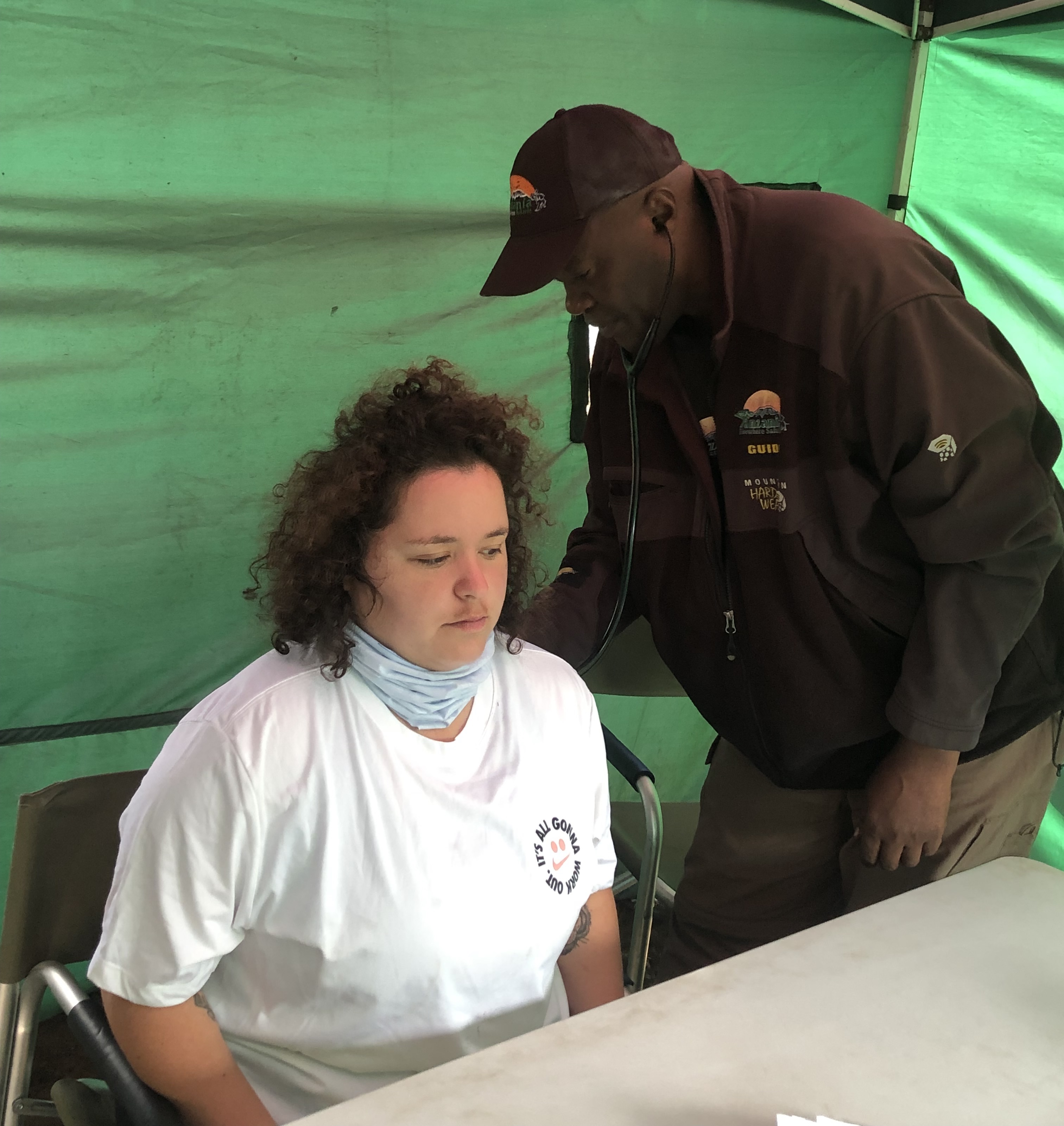Optimal Time to Summit Mount Kilimanjaro: Timing and Reasons Explained
The best time to climb Kilimanjaro is during the dry season – from December to mid March, and from late June to October. The best months are January, February, July, August, September and October.

1. January to mid-March (Warm & Dry Season):
Why is it a Good Time?
• This period offers warm temperatures, clear skies, and relatively dry conditions.
• The trails are more stable, making climbing easier and safer.
• There are fewer climbers compared to the peak season (June–October), offering a more
peaceful trek.
• The views from the summit are often spectacular, with unobstructed sunrises and sunsets.
• Ideal for photographers and those who prefer solitude while trekking.
Challenges
• While generally dry, there can still be occasional afternoon showers at lower elevations.
• Higher up, temperatures drop significantly, making nights and summit day quite cold.
2. June to October (Peak Climbing Season):
Why is it a Good Time?
• This is the driest and most stable season, making it the best time for first-time climbers.
• The weather is cooler but clearer, offering breathtaking views from the summit.
• Lower chances of encountering rain, which improves trail conditions.
• It coincides with summer holidays in Europe and North America, making it convenient for
international climbers.
• The best time for wildlife viewing in Tanzania (for those combining the climb with a safari).
Challenges
• It is the busiest season, meaning the trails, campsites, and huts are often crowded.
• Due to the high number of climbers, permits and accommodations must be booked well in advance.
3. Mid-March to May (Rainy Season – Not Recommended):
Why is it a Bad Time?
• Heavy rains make trails muddy, slippery, and difficult to navigate.
• The summit is often cloudy, reducing visibility and the chance of seeing stunning landscapes.
• Lower temperatures and damp conditions increase the risk of hypothermia.
• Fewer climbers during this period, meaning less support on the trail.
Who Might Consider It?
• Experienced trekkers looking for a more challenging adventure.
• Those who prefer complete solitude and don’t mind unpredictable weather conditions.
4. November to Early December (Short Rain Season)
Why is it a Less Ideal Time?
• Frequent but lighter rain showers can make some routes slippery.
• Higher humidity increases the risk of altitude sickness and respiratory issues.
• Cloudy conditions may obstruct summit views.
• Less crowded compared to June–October, but still not as stable as the dry season.
Who Might Consider It?
• Adventurous trekkers who don’t mind some rain and prefer a quieter experience.
Final Recommendation: When is the Best Time to Climb?
The absolute best months to climb Kilimanjaro are:
January – Early March (Warm & Dry) – Fewer crowds, stable weather.
June – October (Cool & Dry) – Best conditions, but busiest season.
If you’re looking for the easiest and safest conditions, choose the June–October season.
If you prefer less crowded trails but still good weather, opt for January–March.
If avoiding rain and ensuring a successful summit is your priority, avoid mid-March to May and
November to early December.

